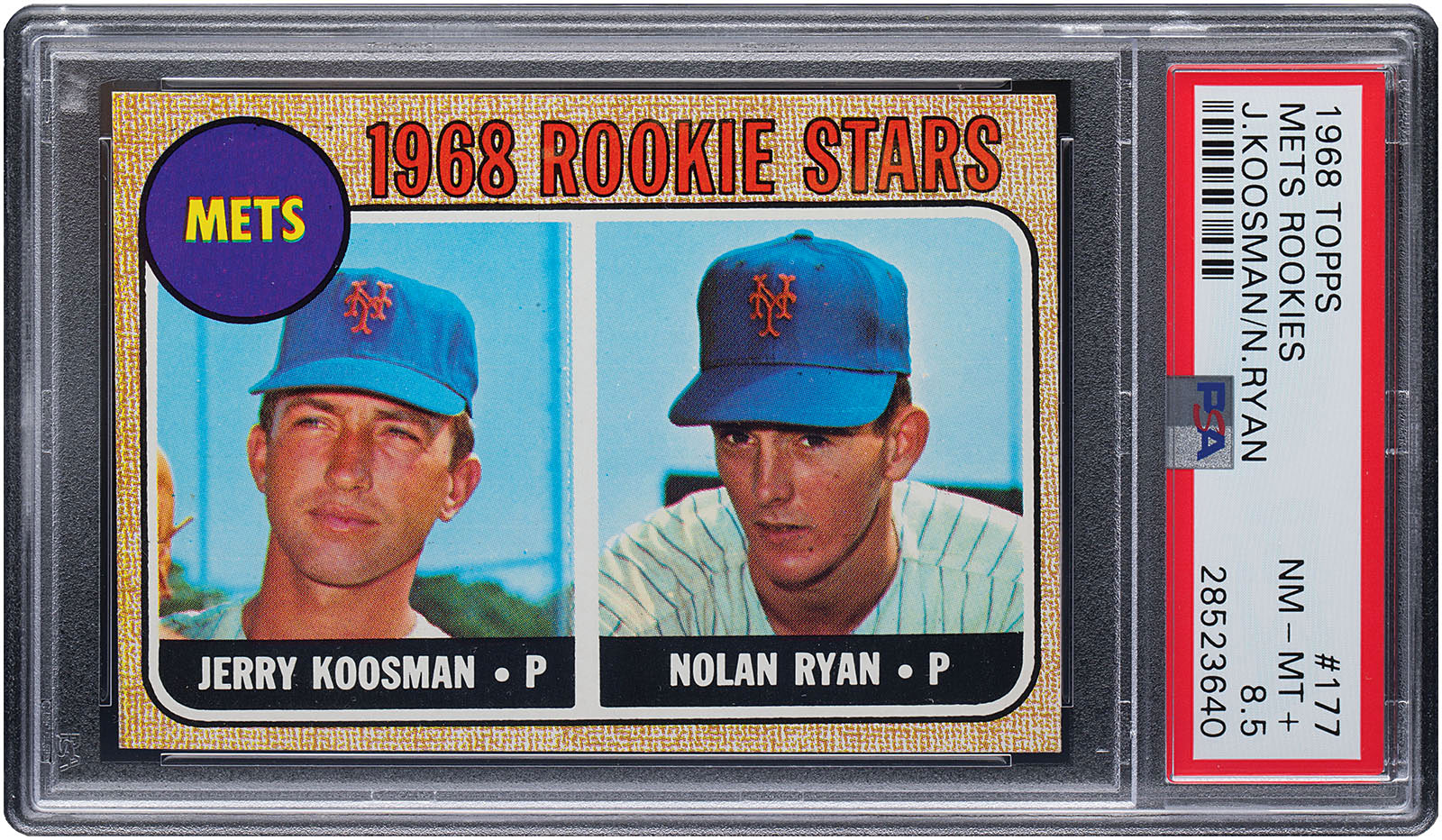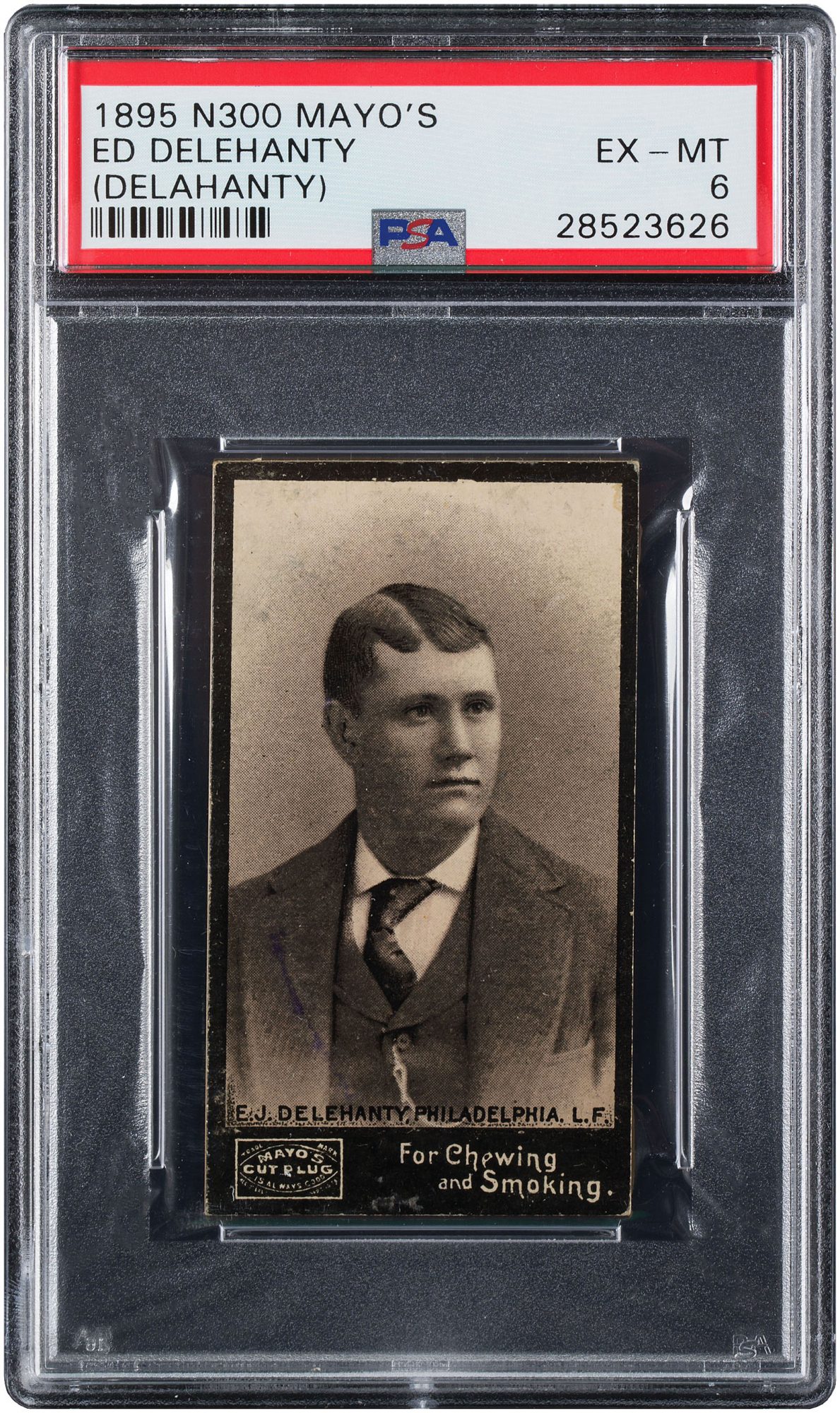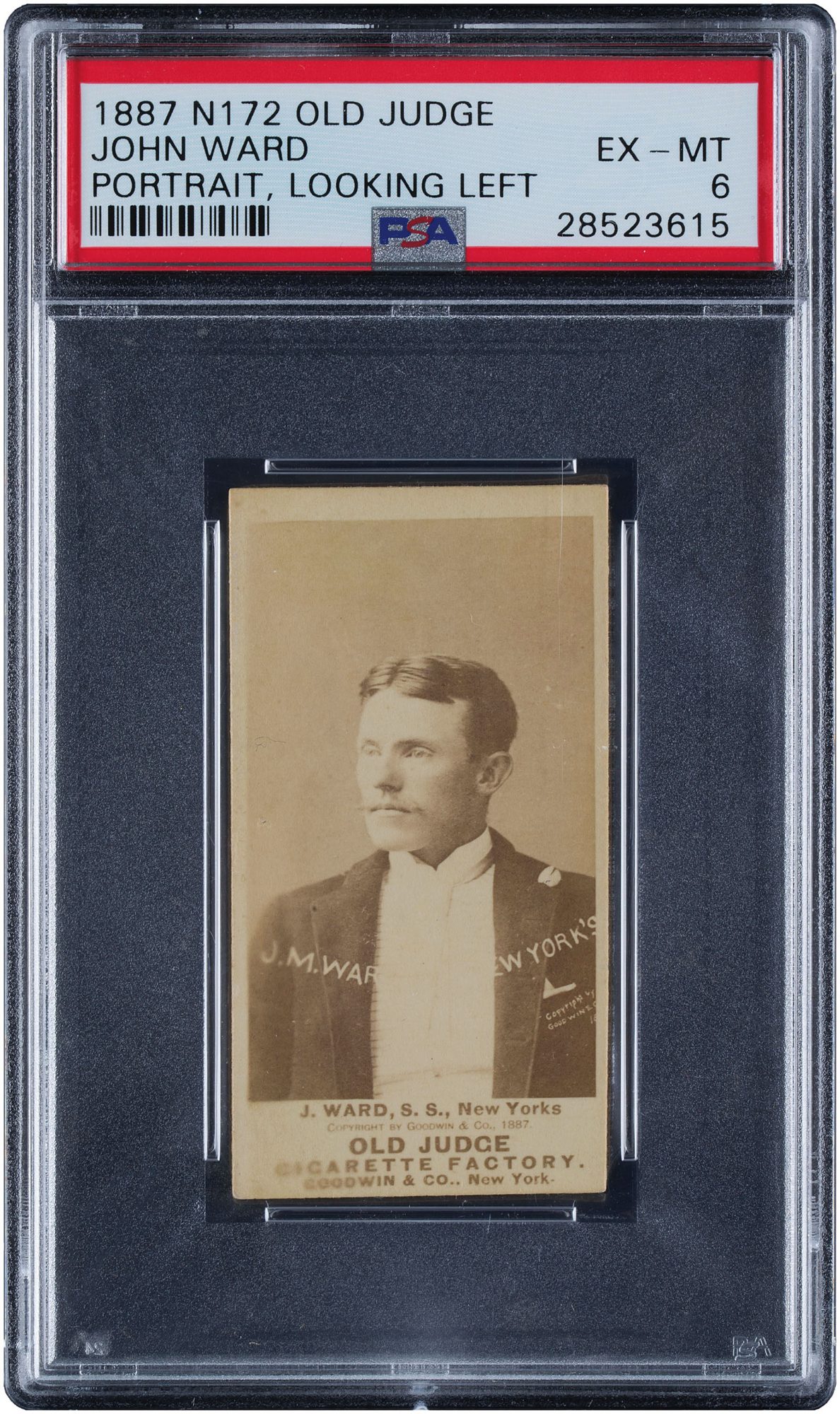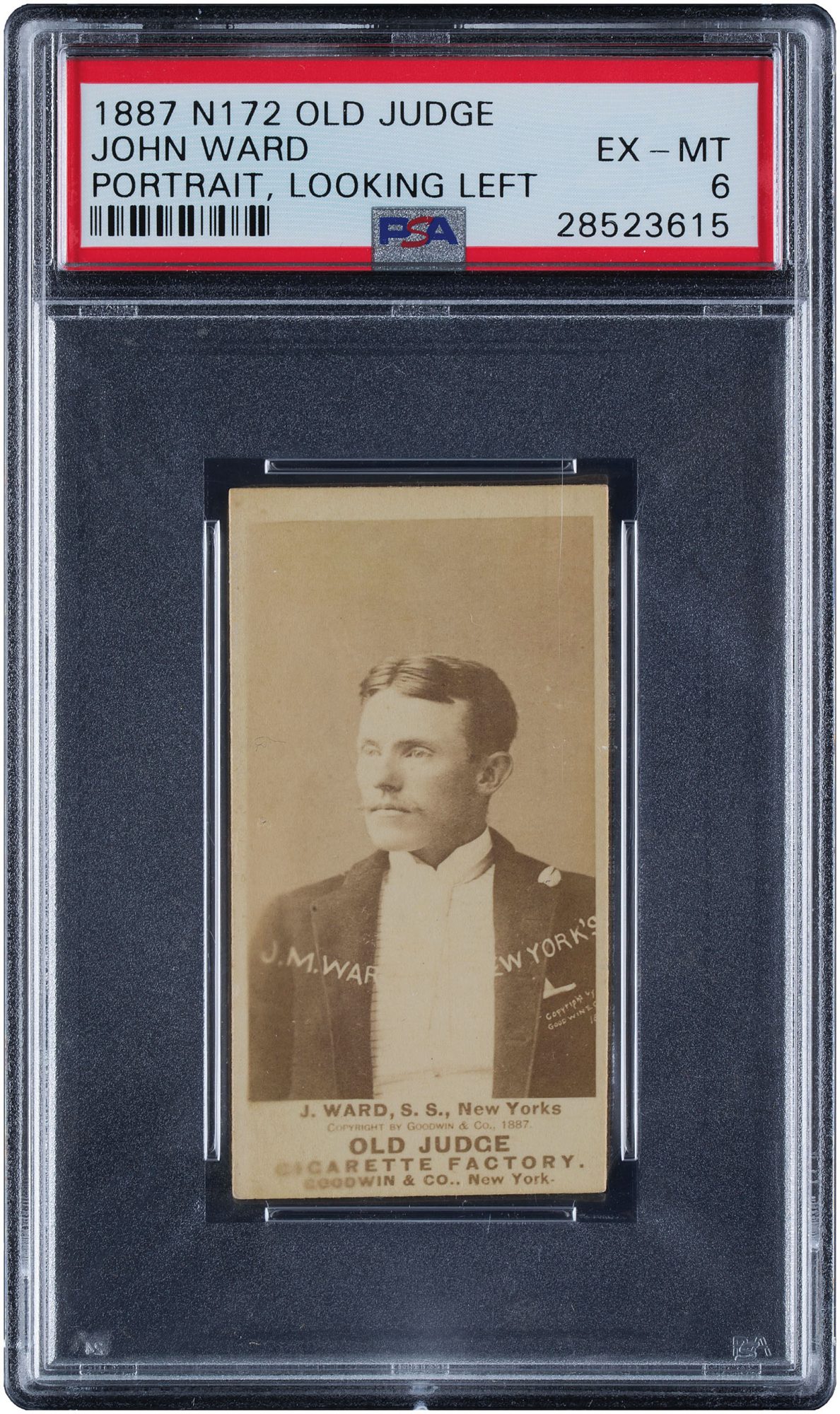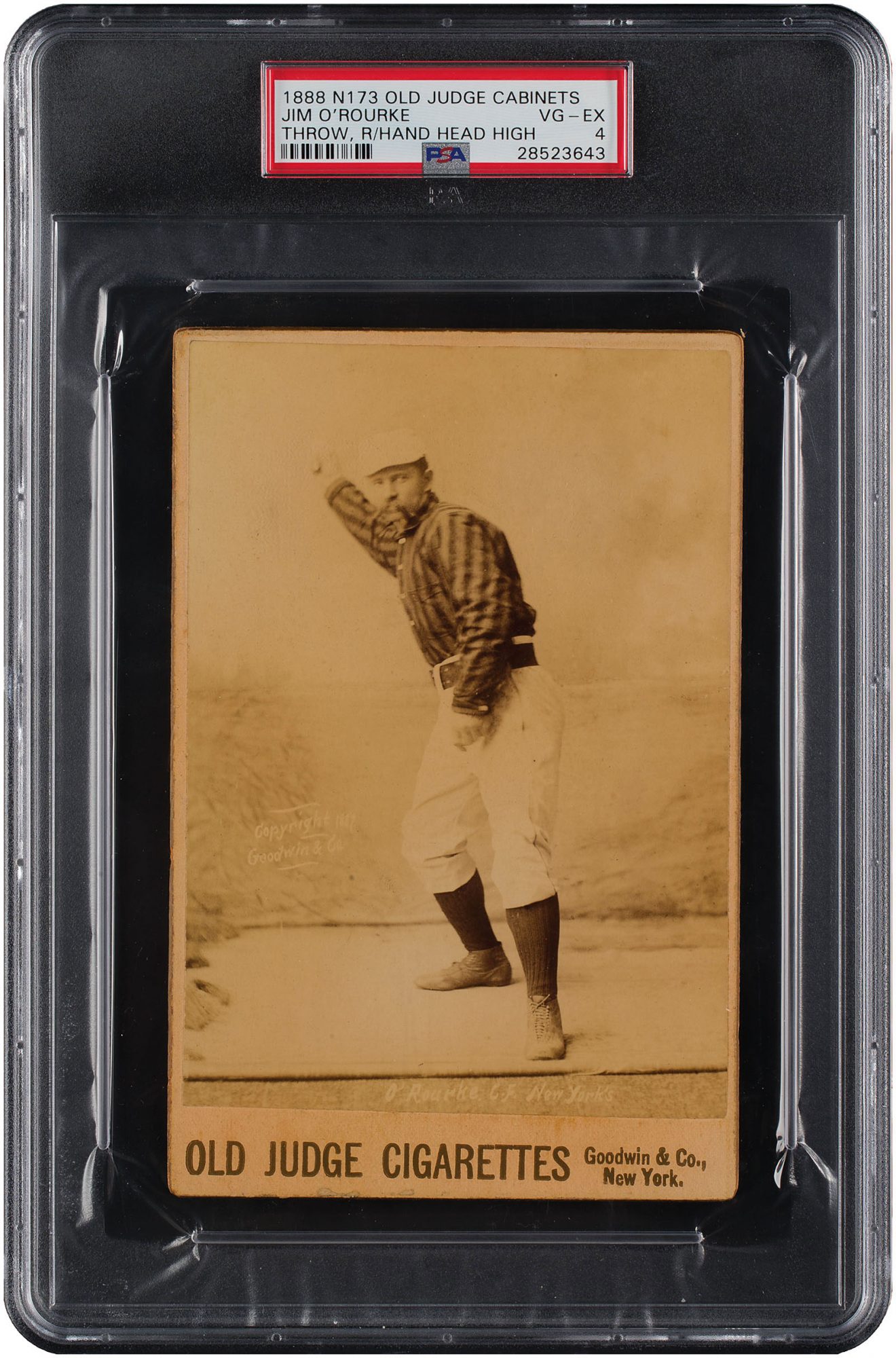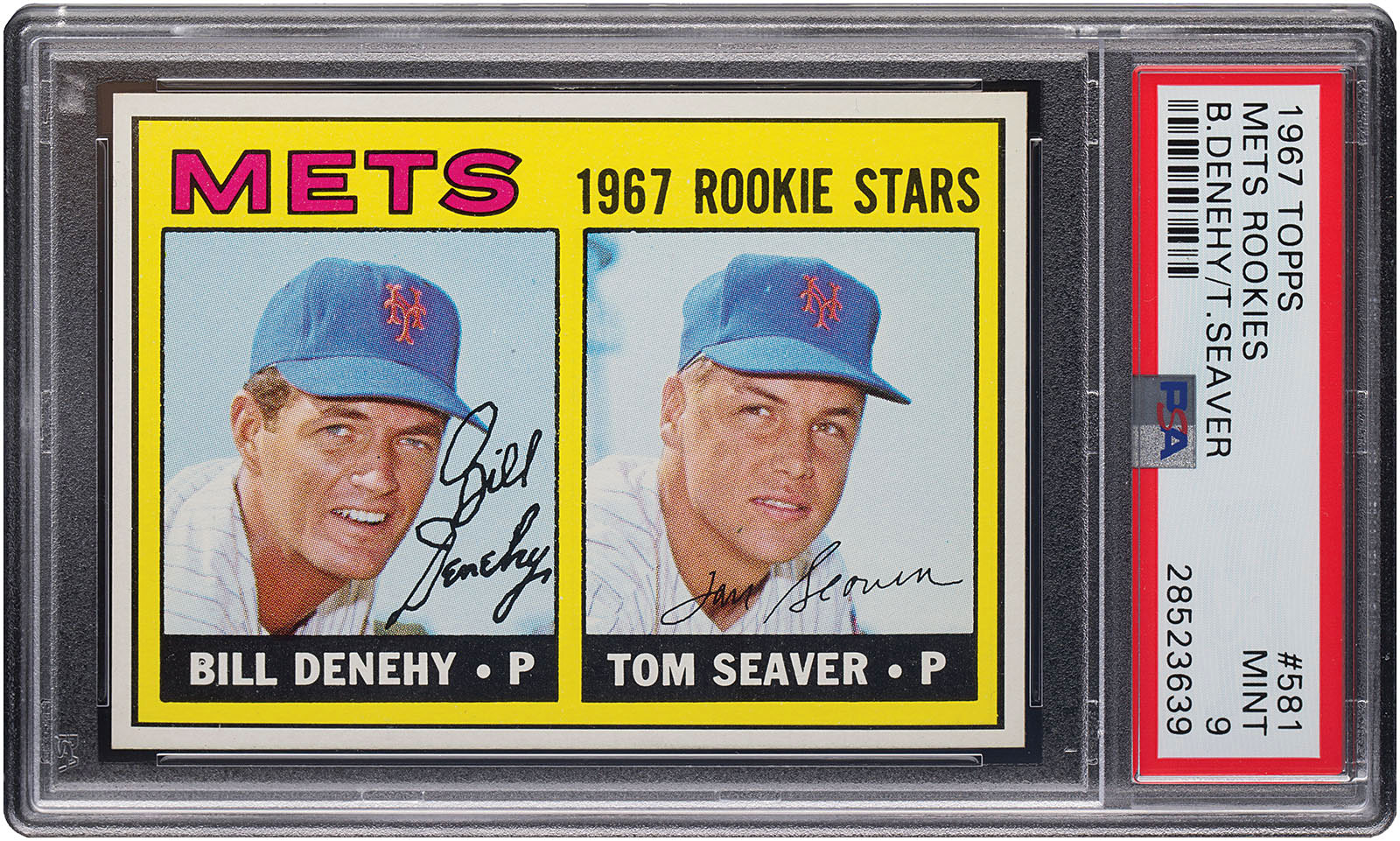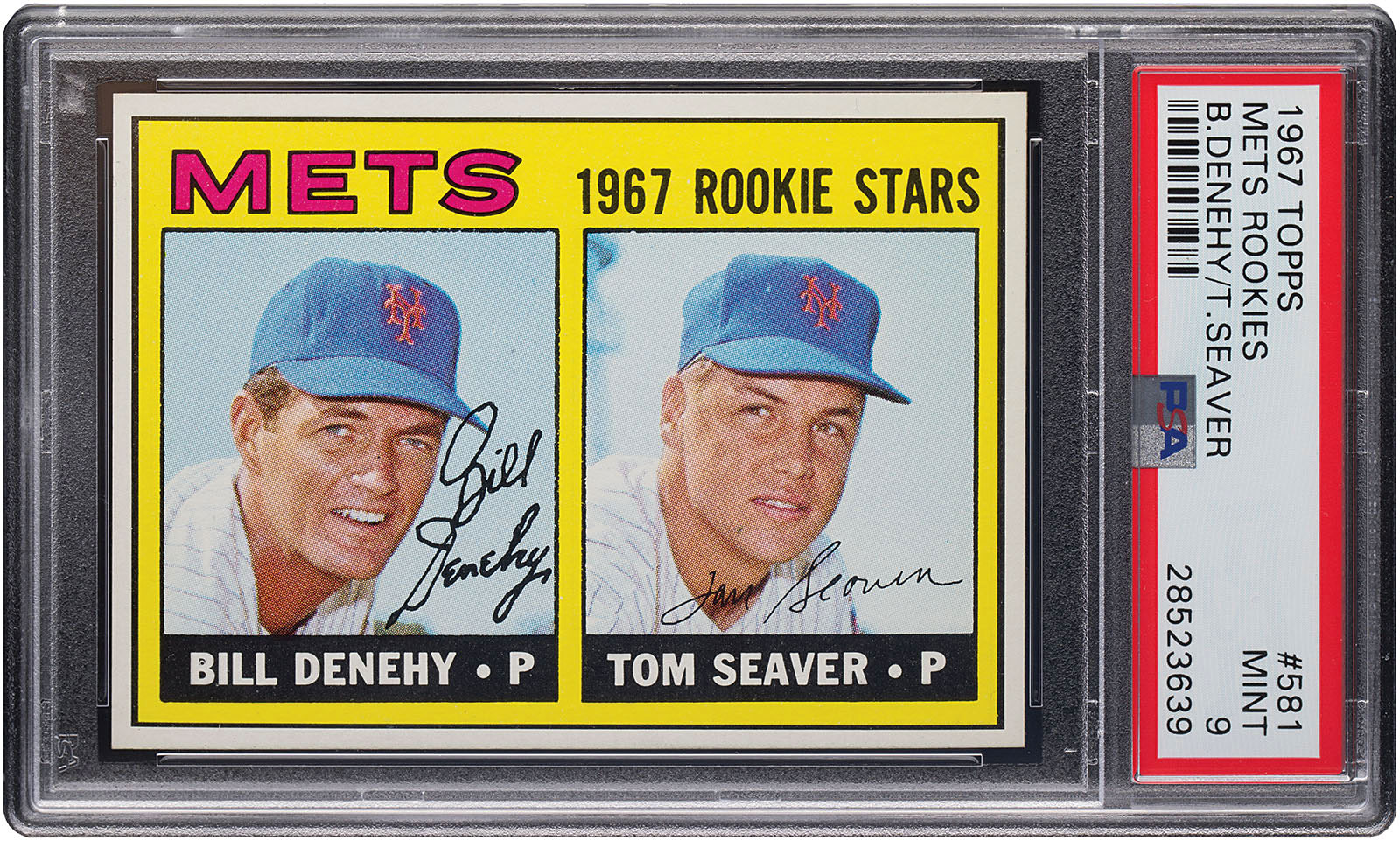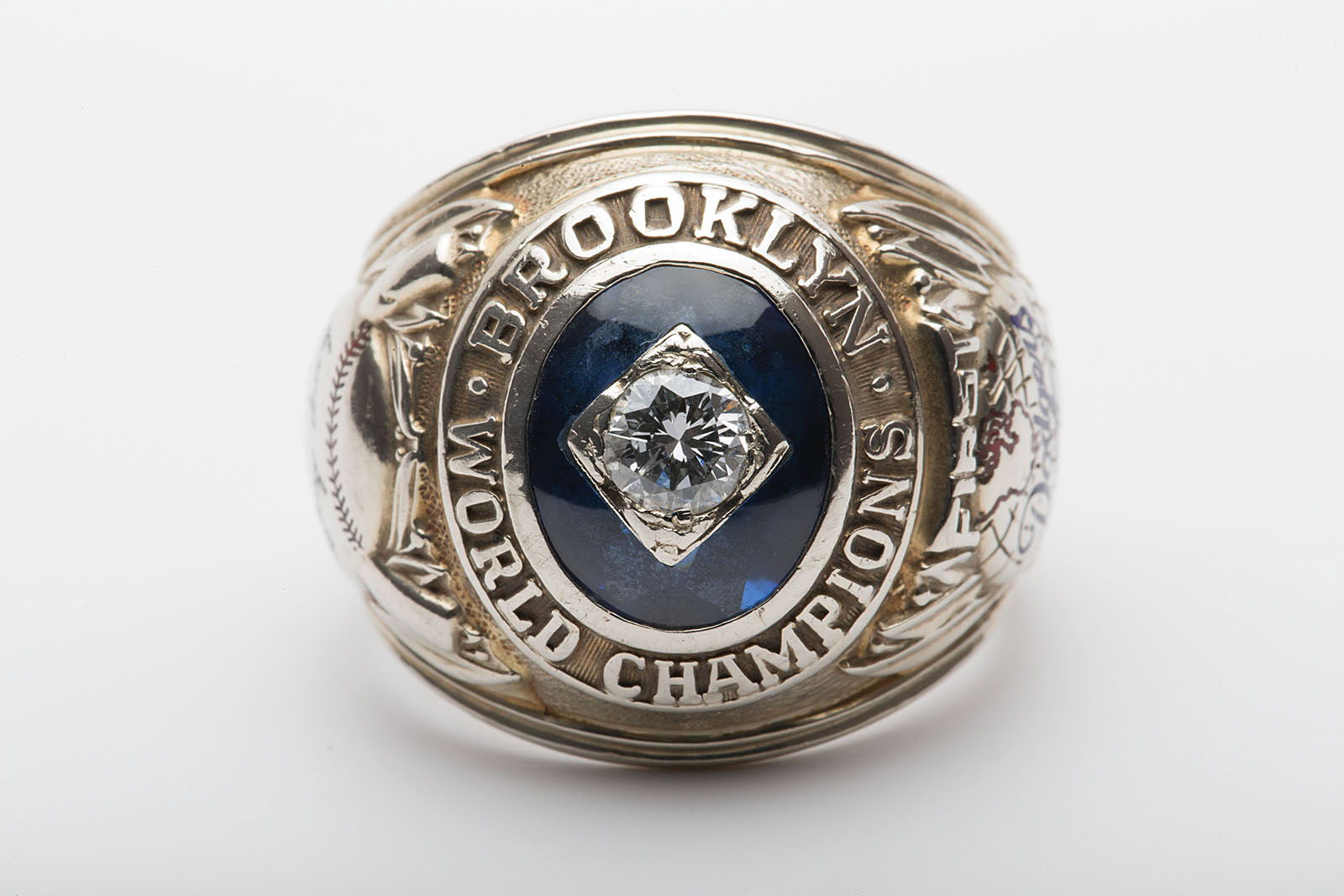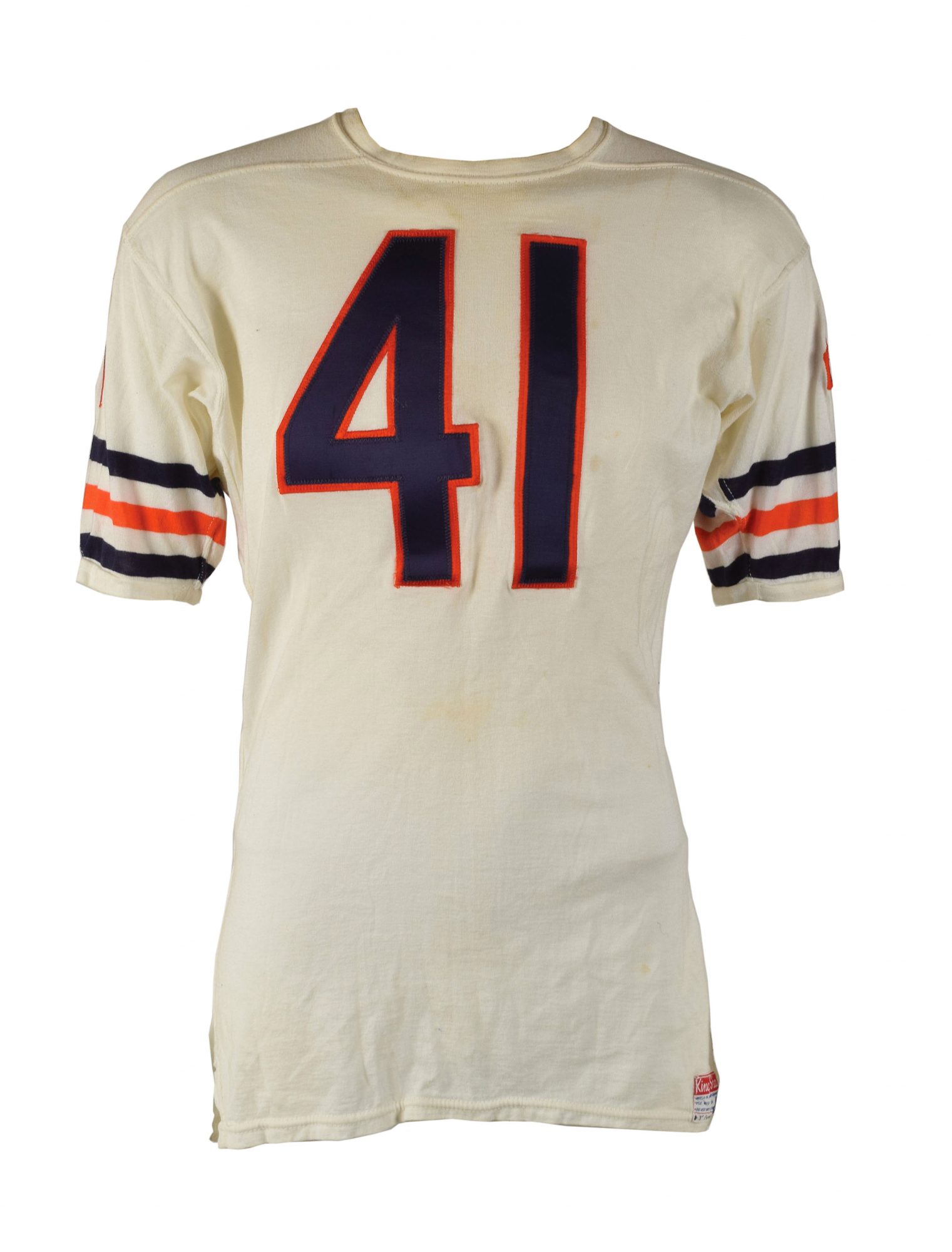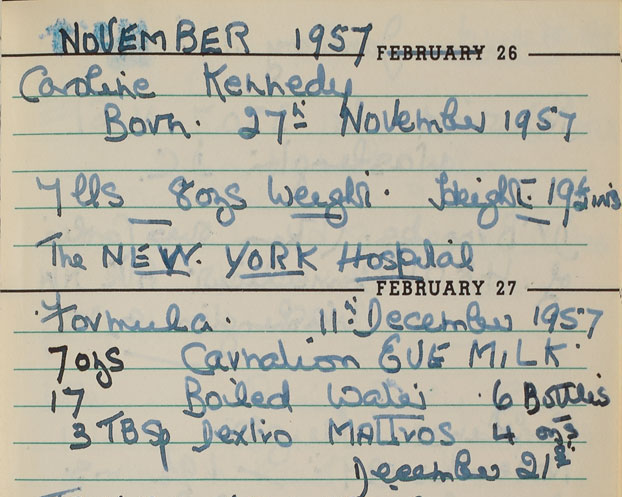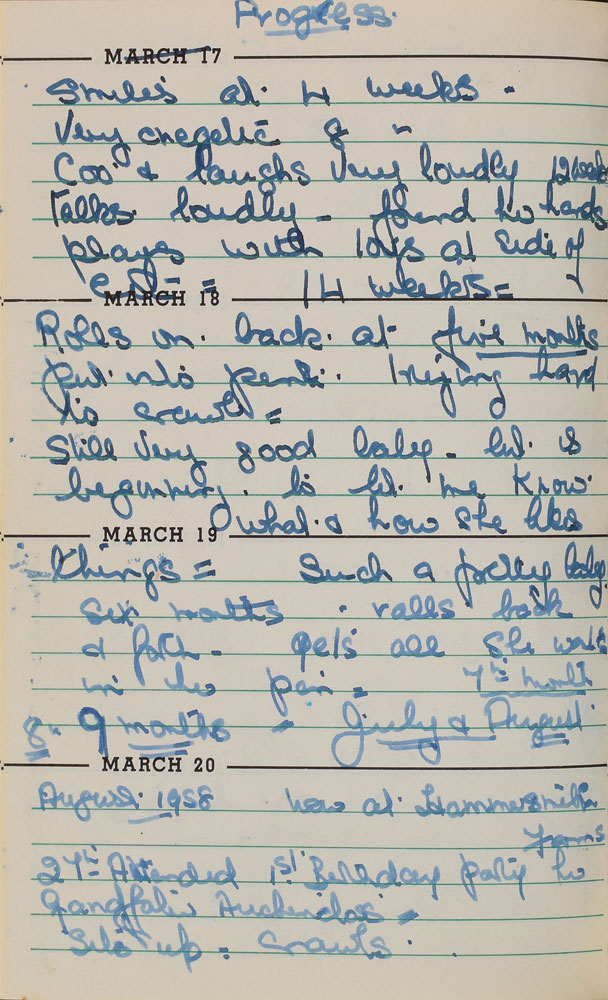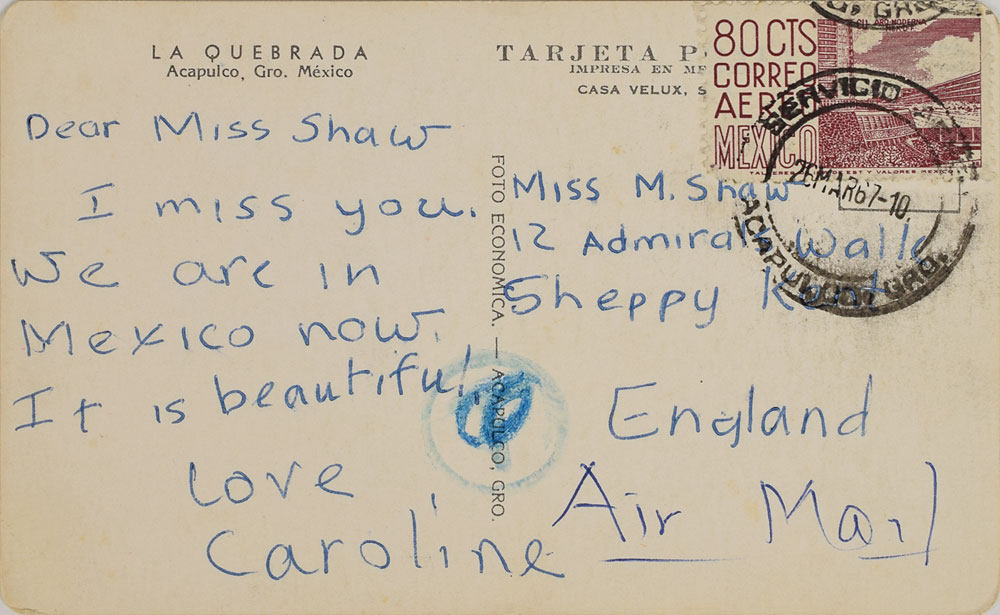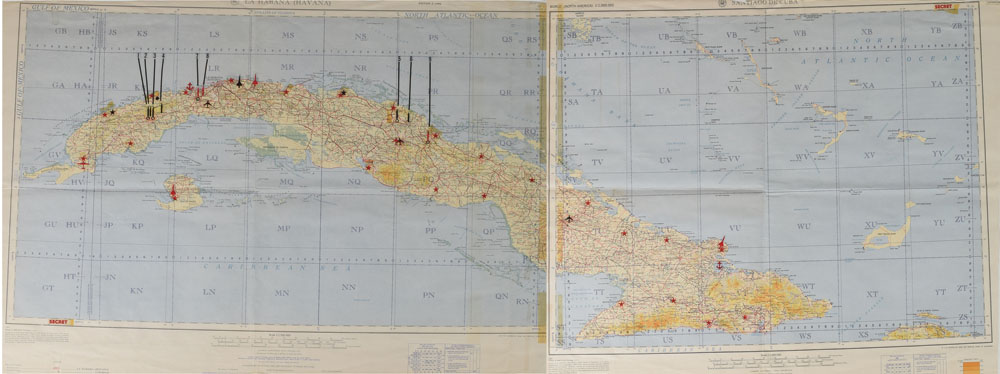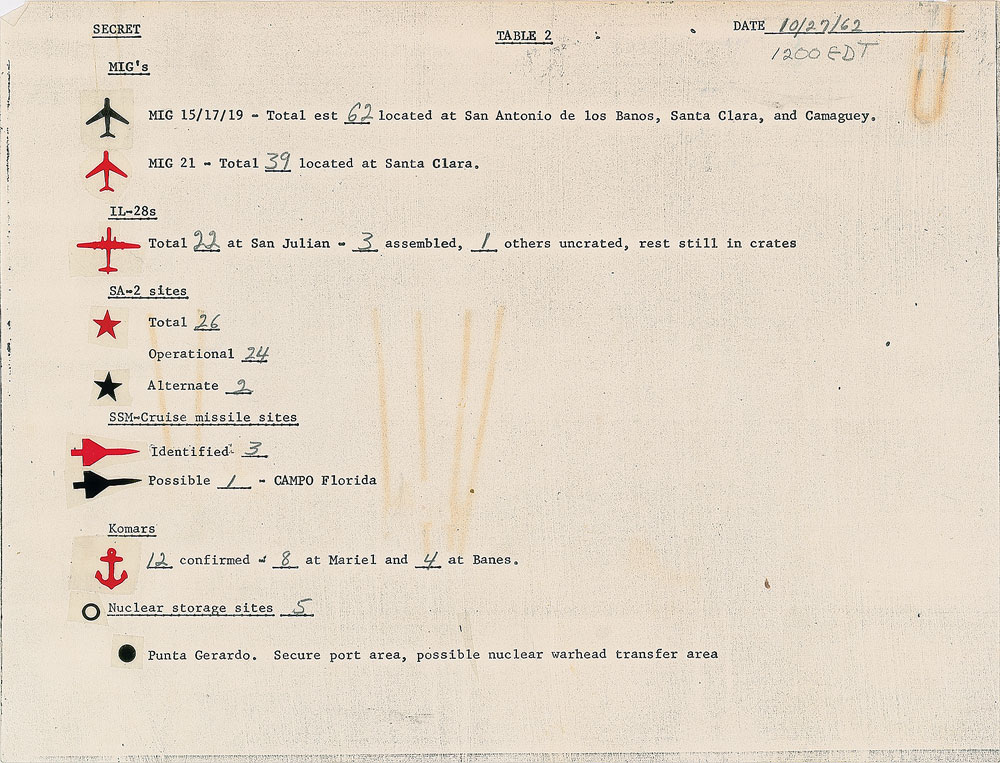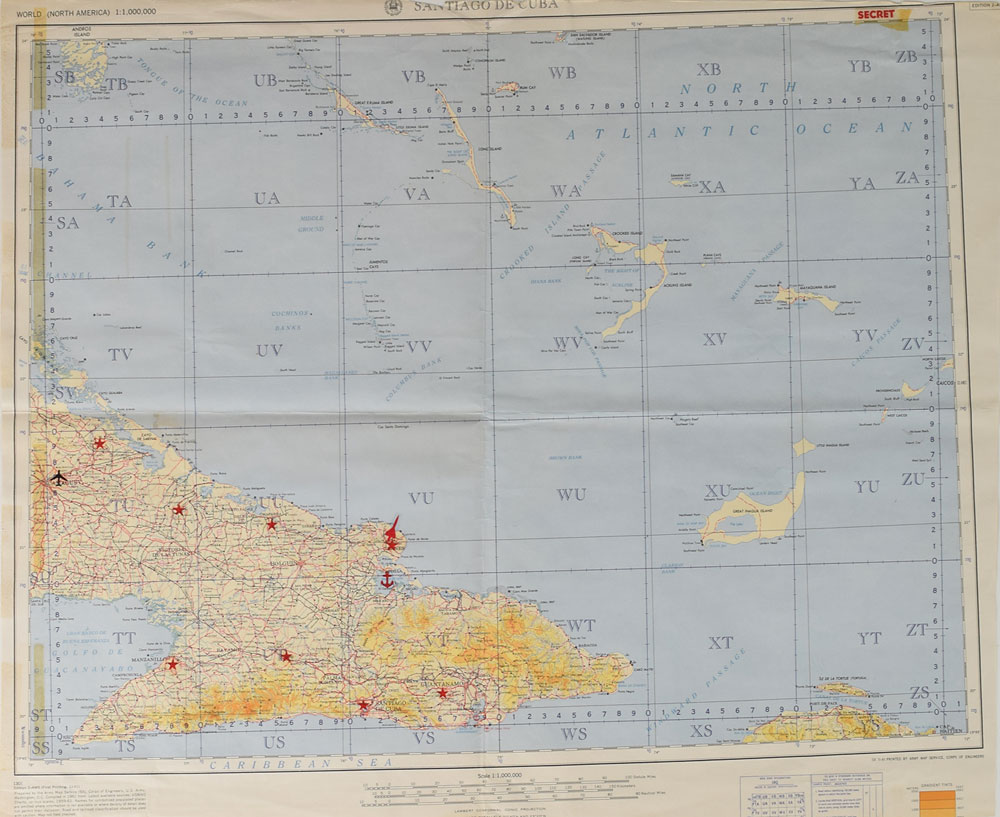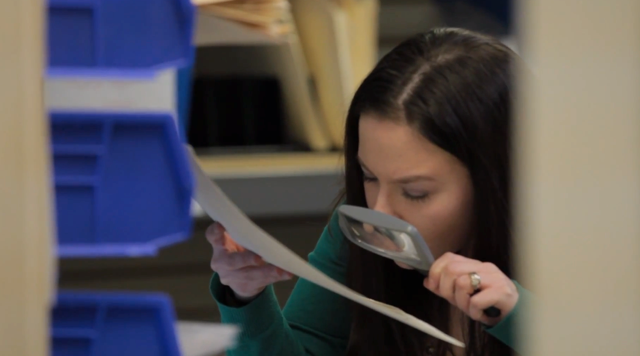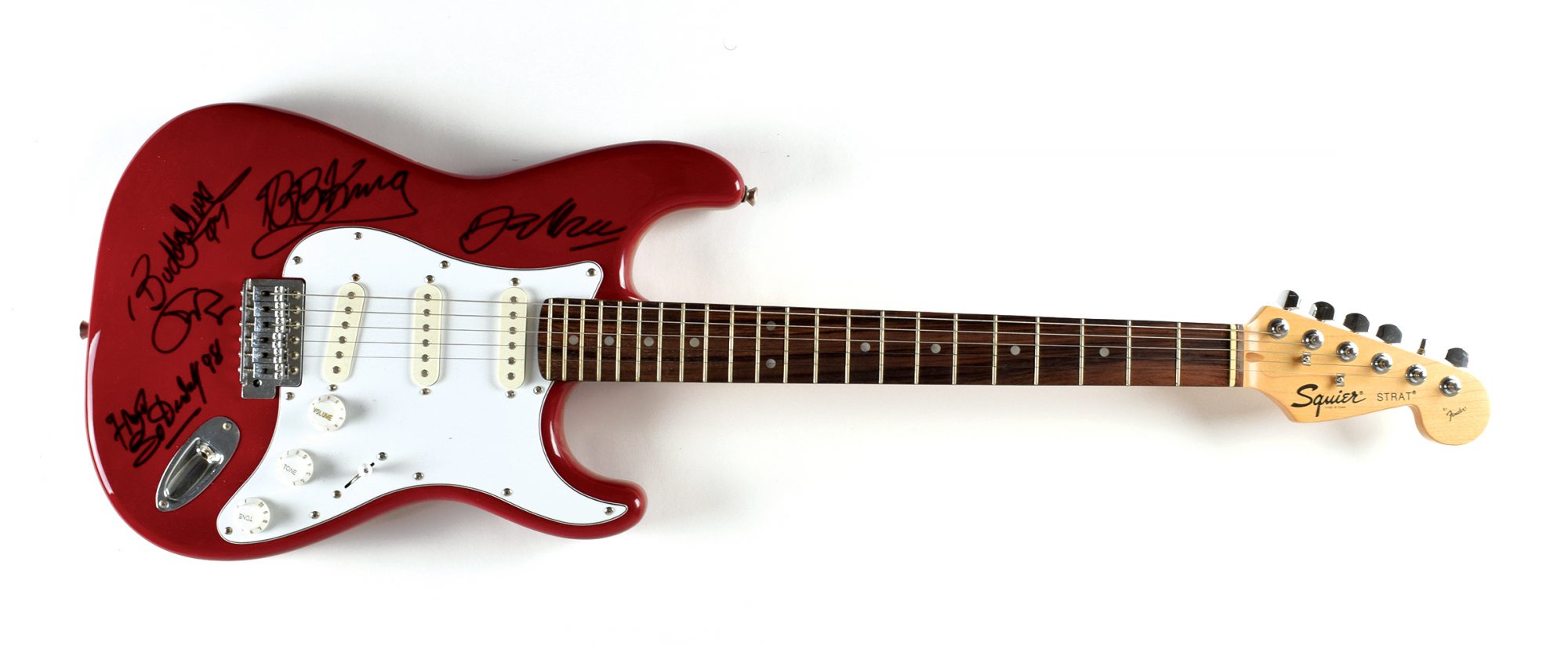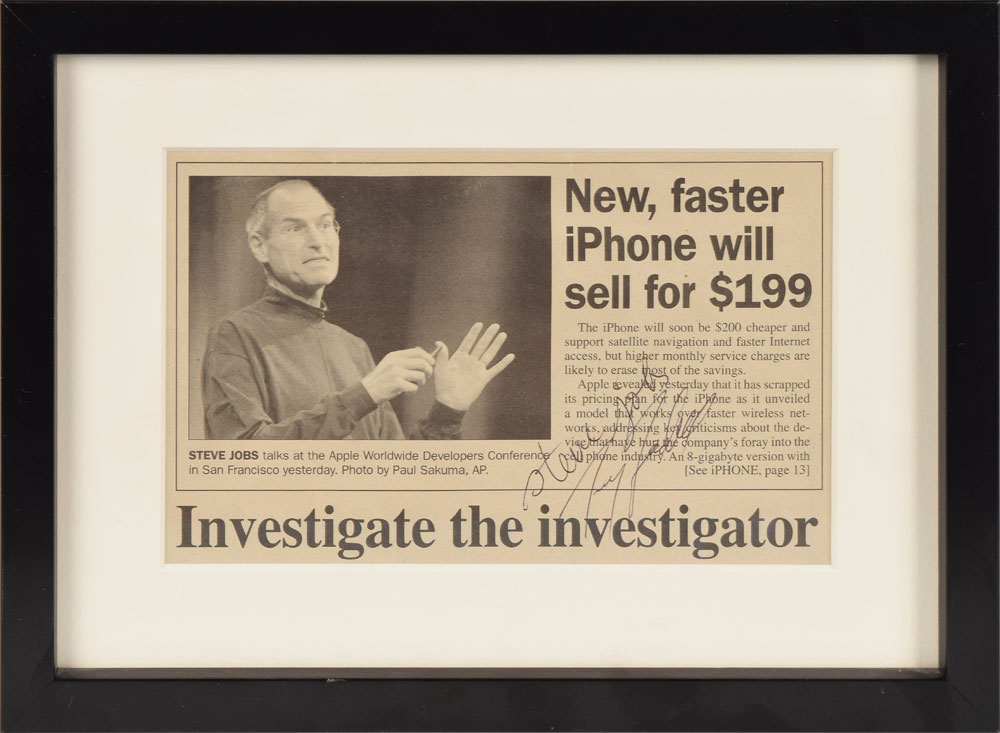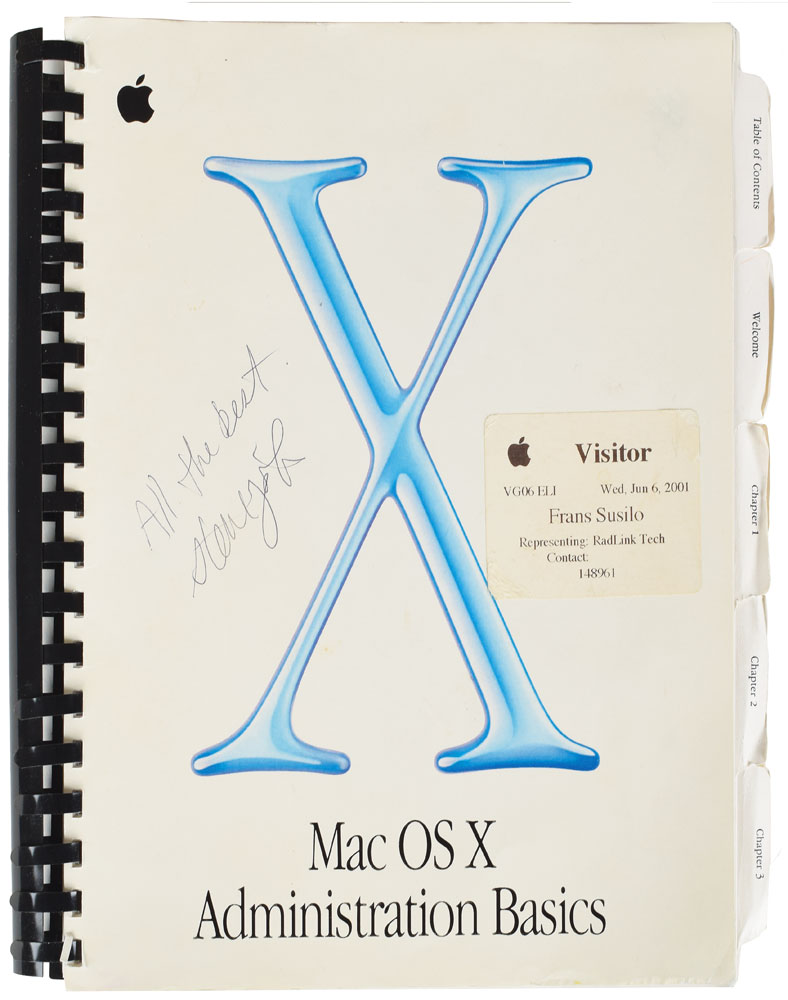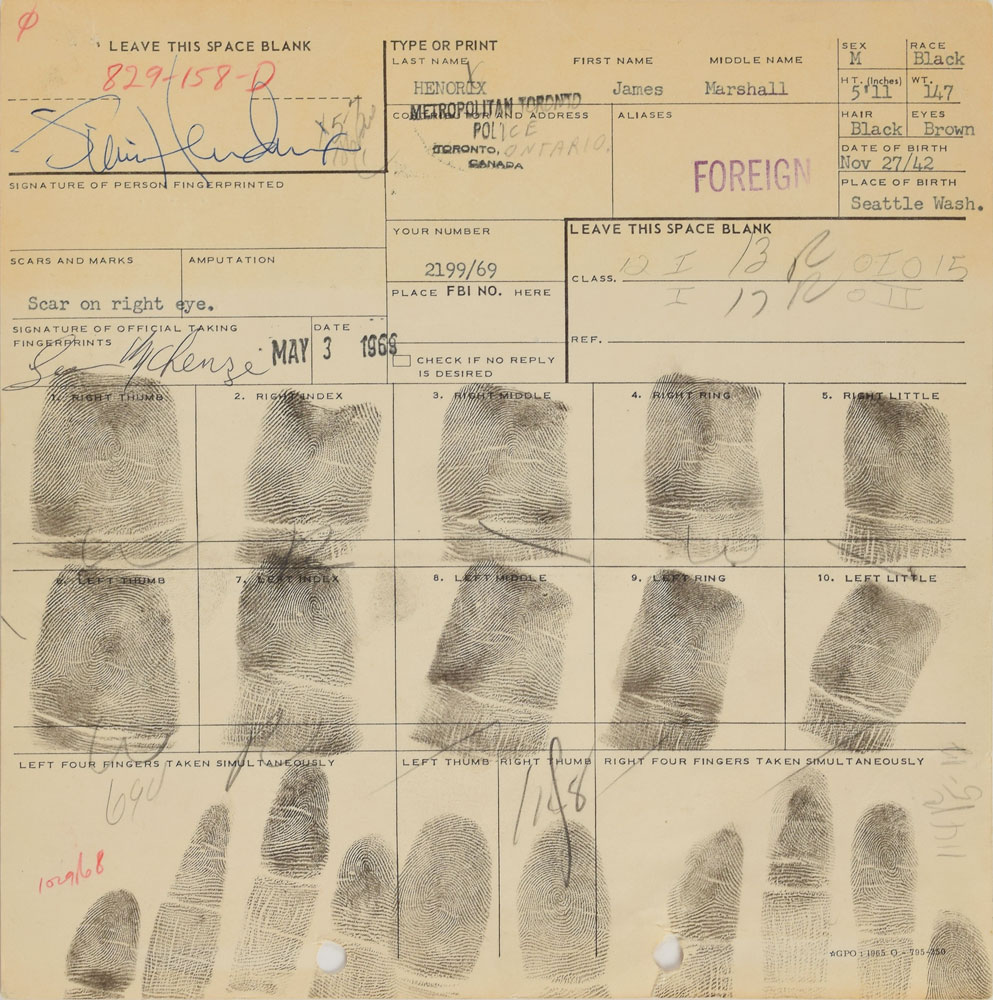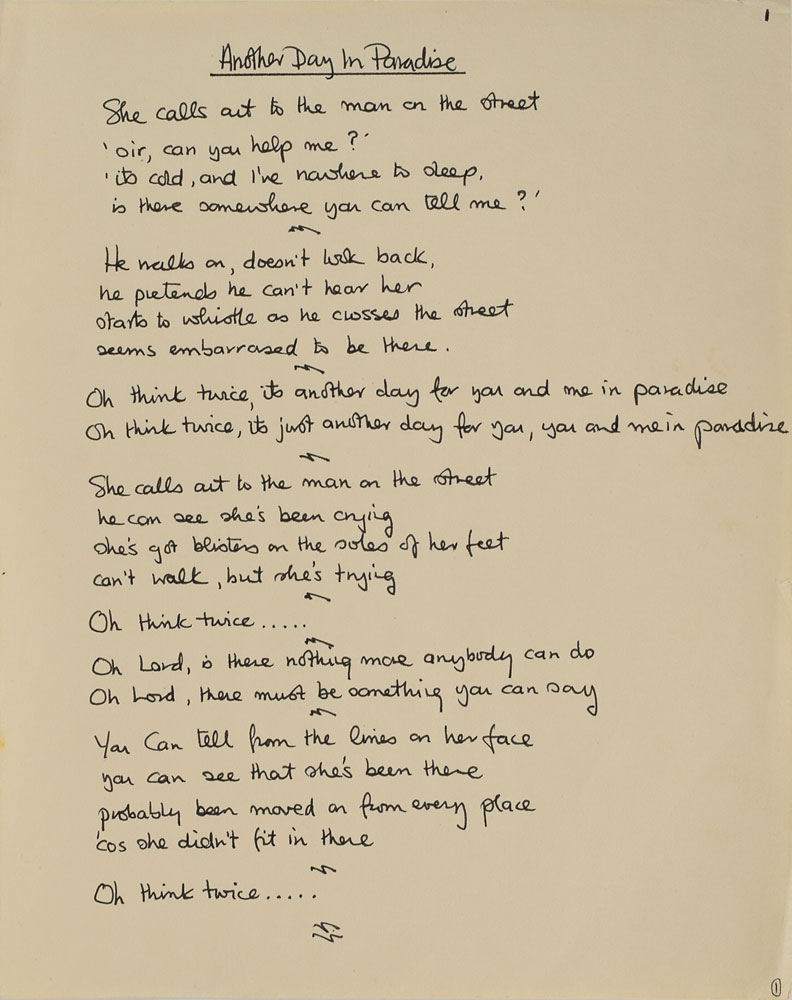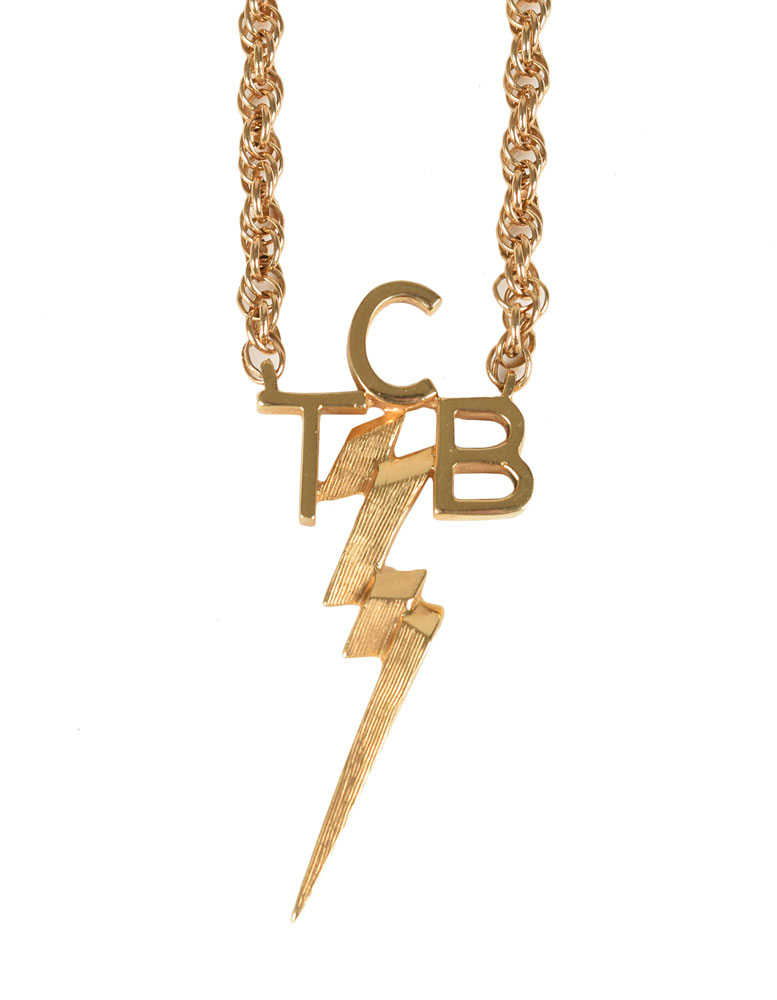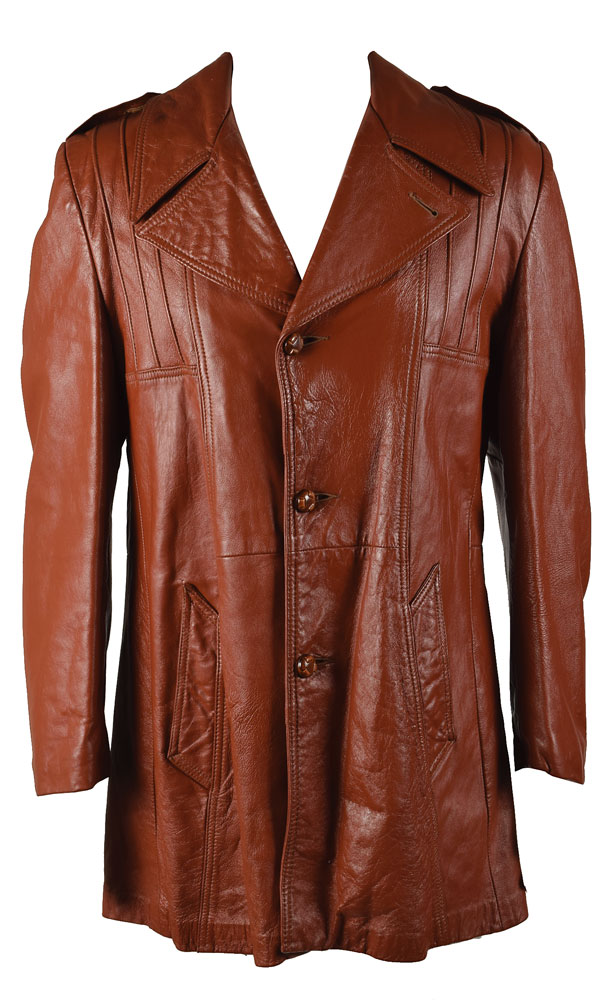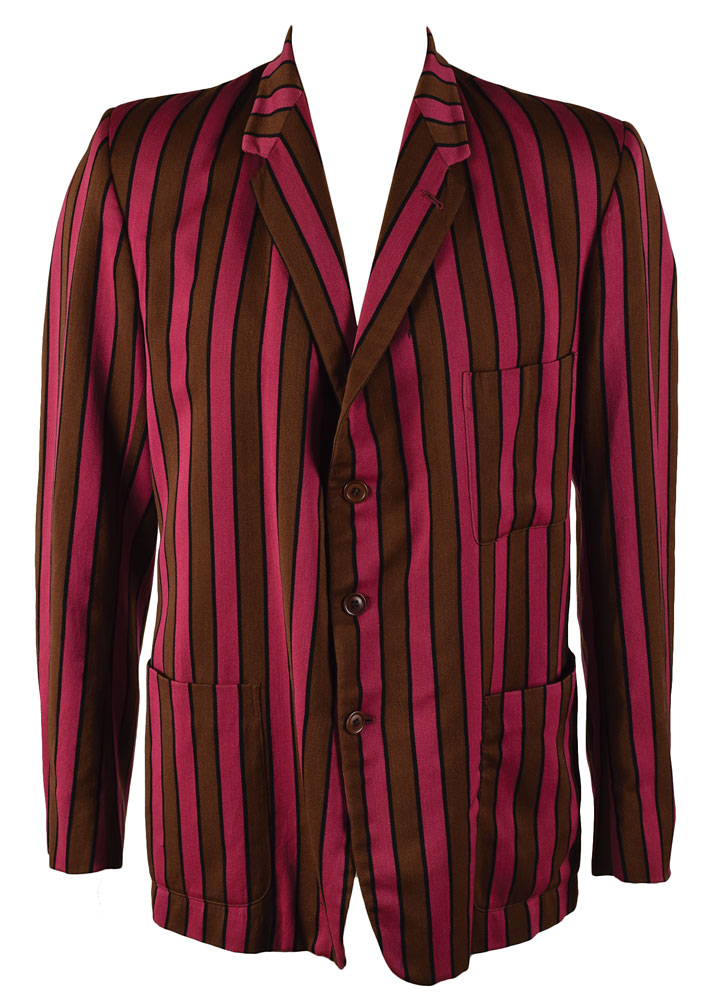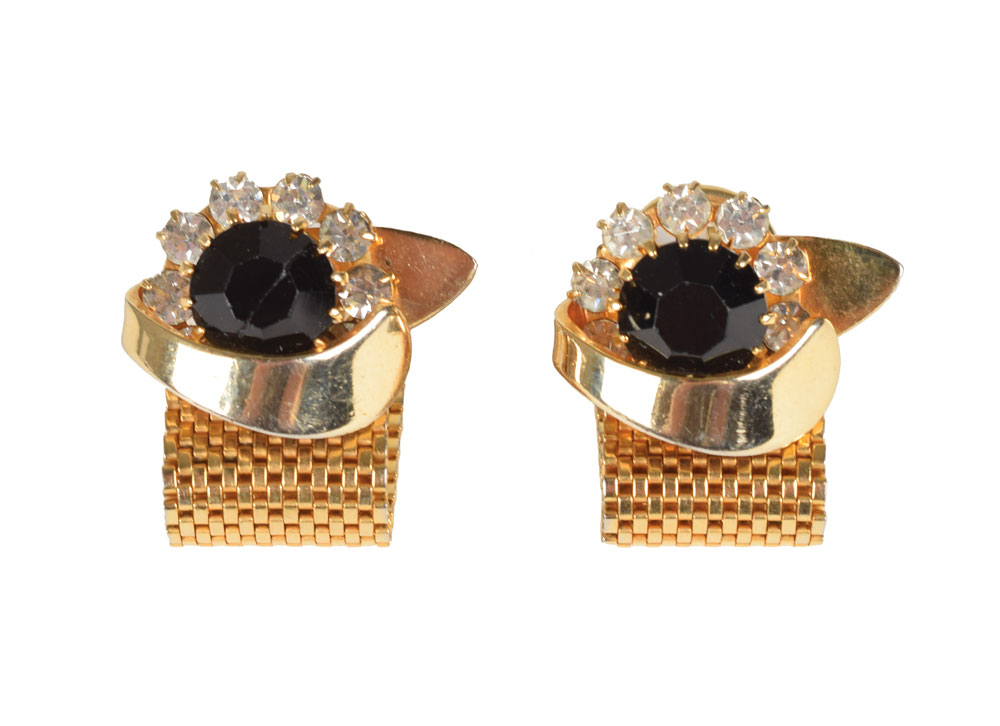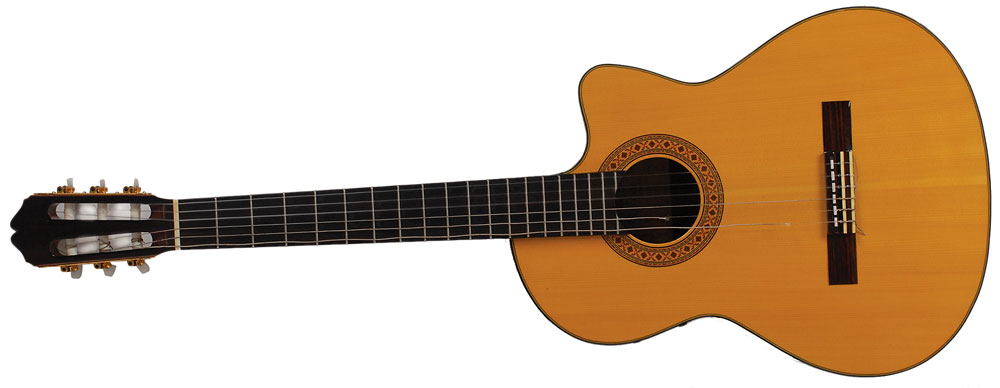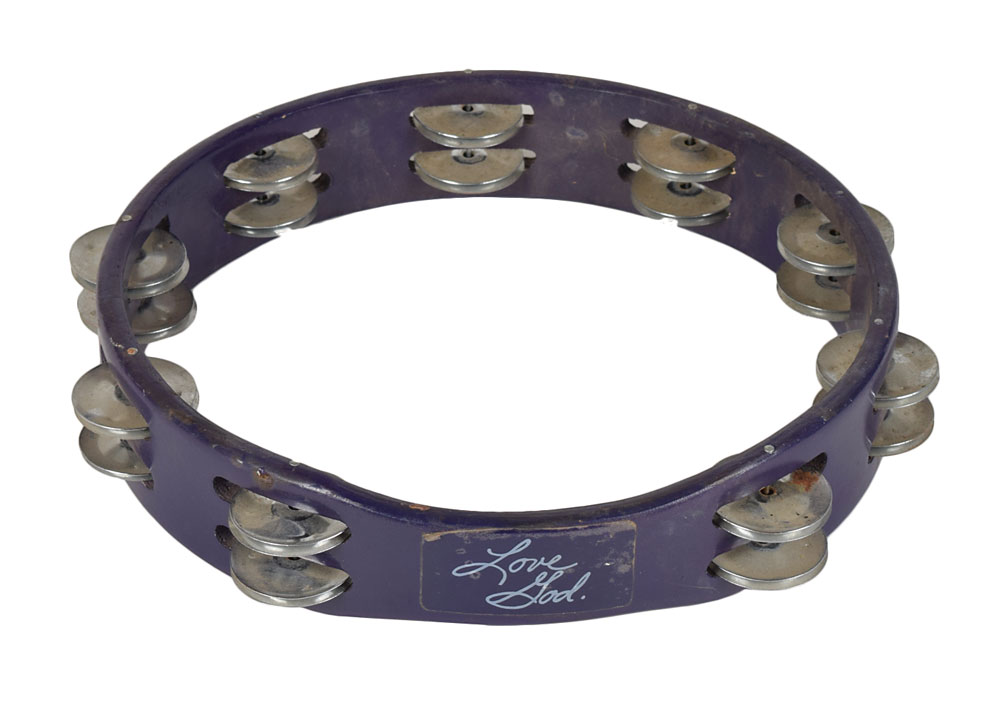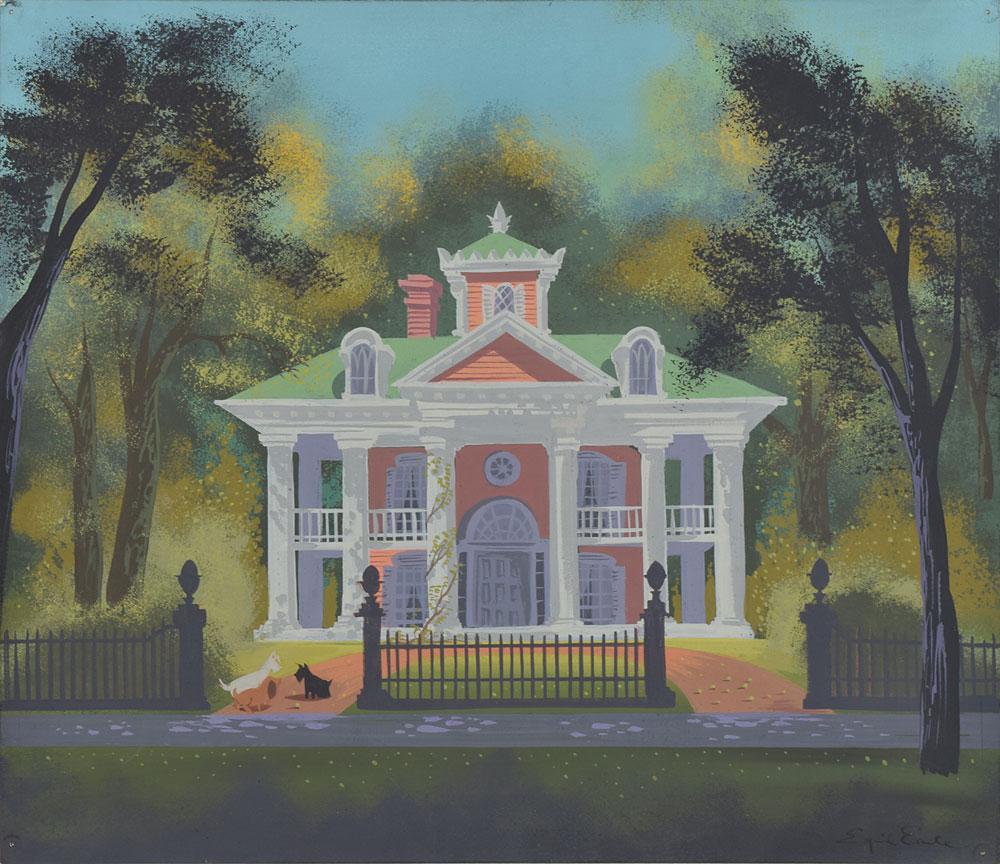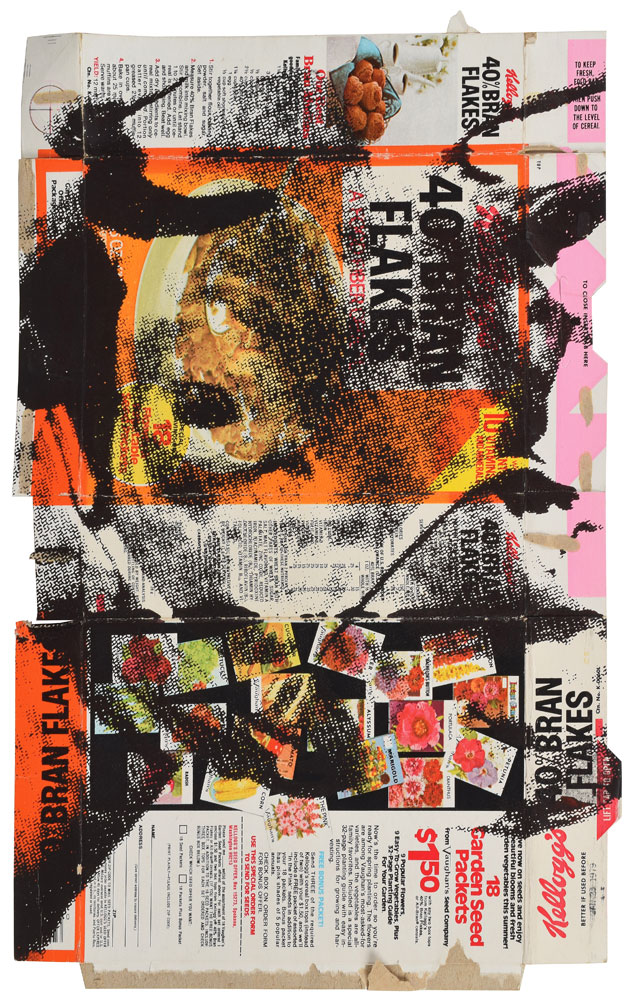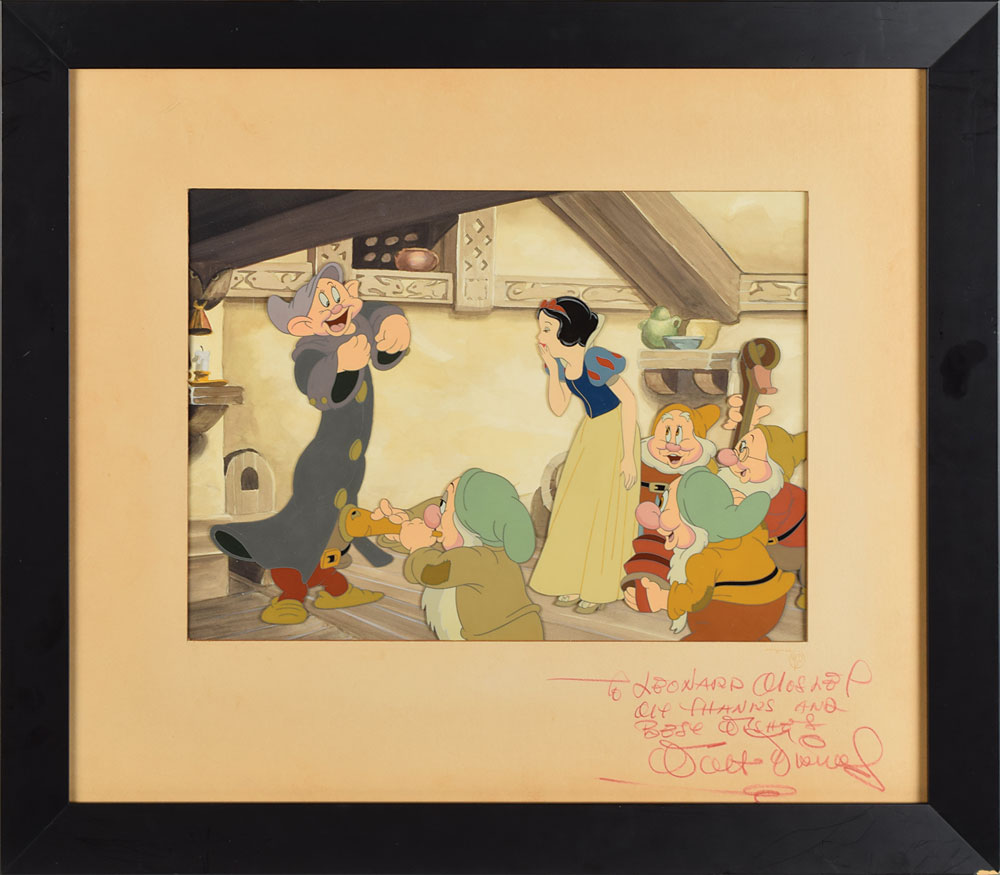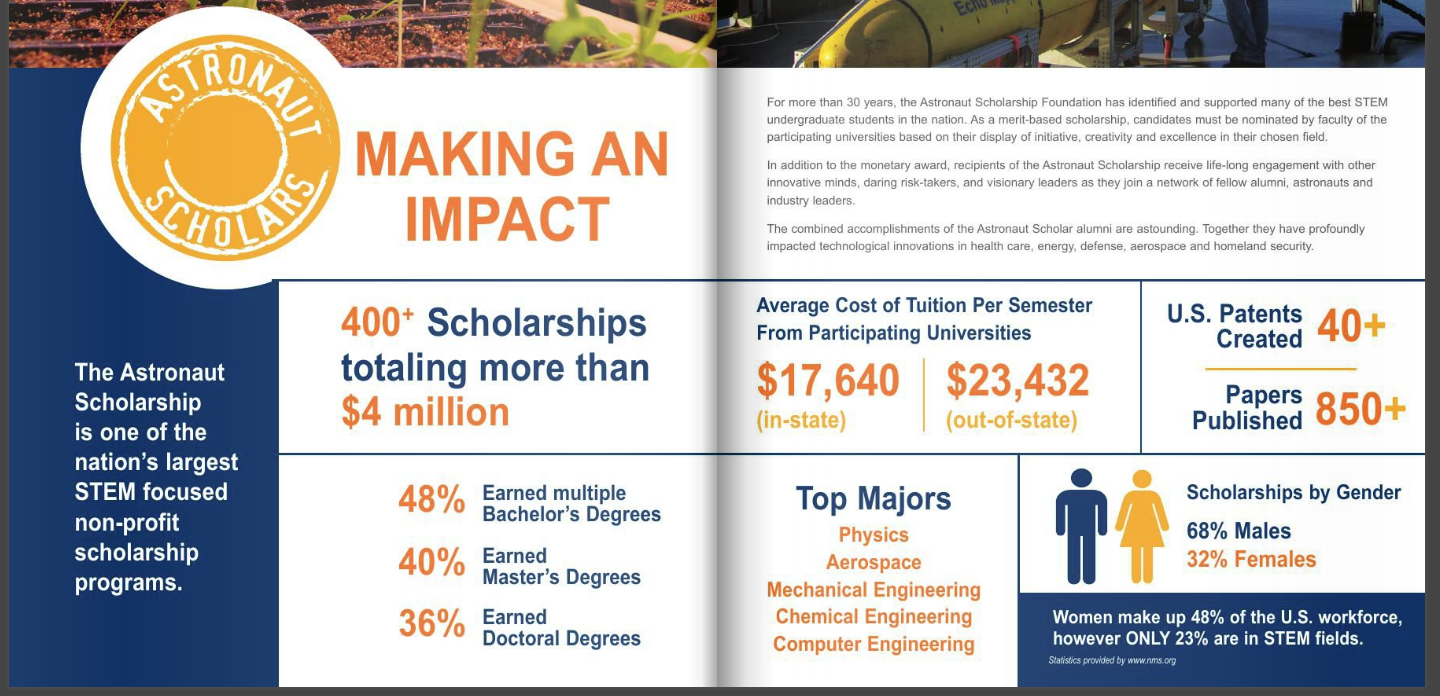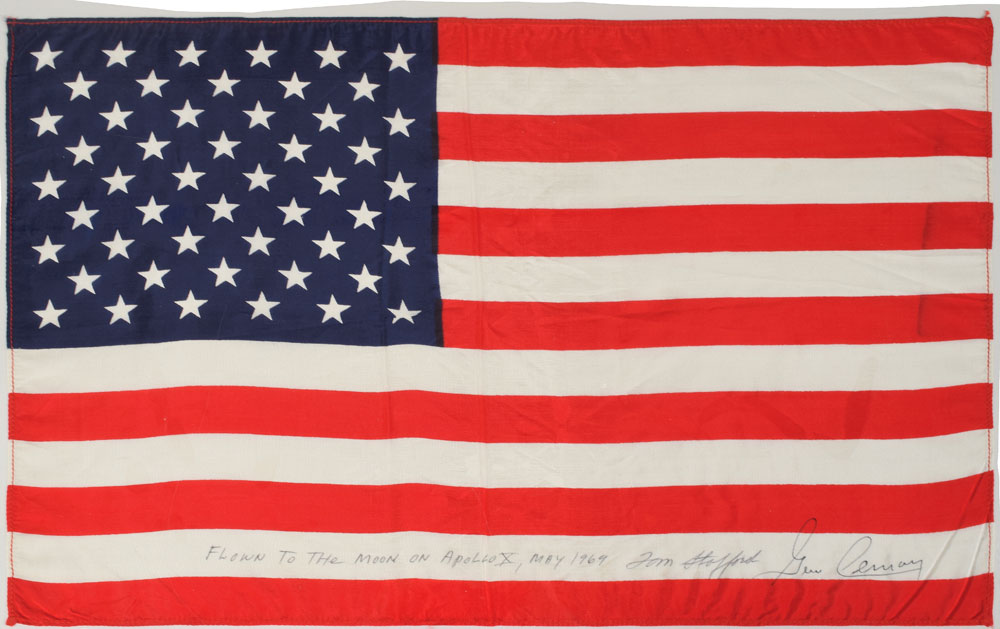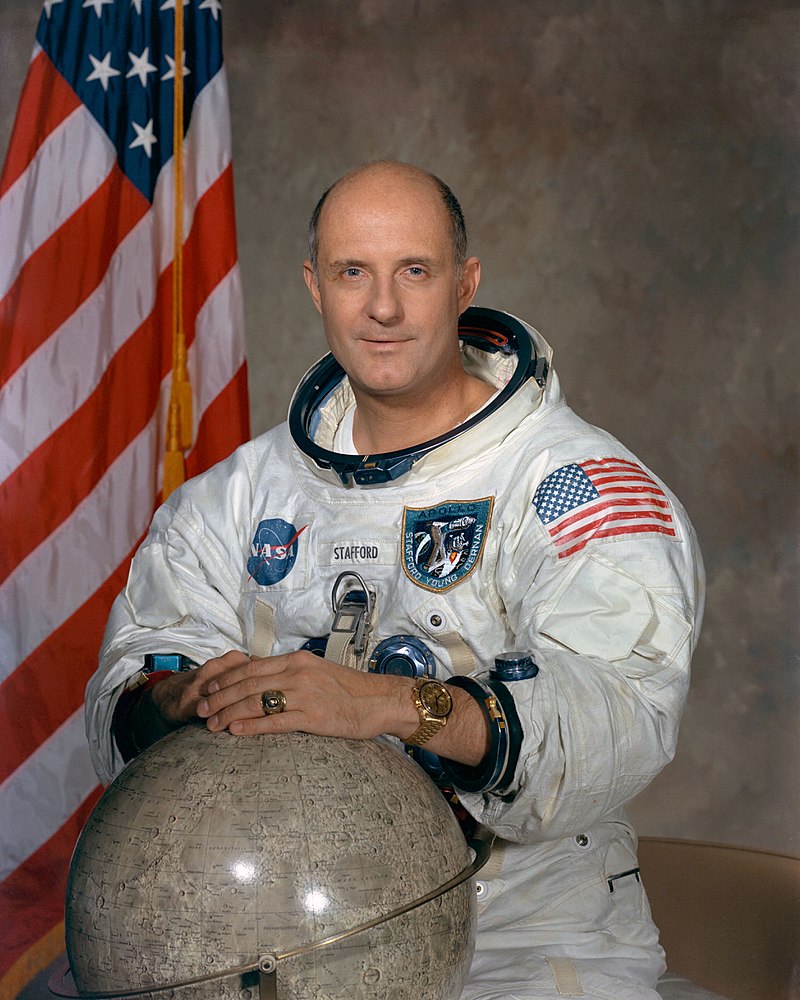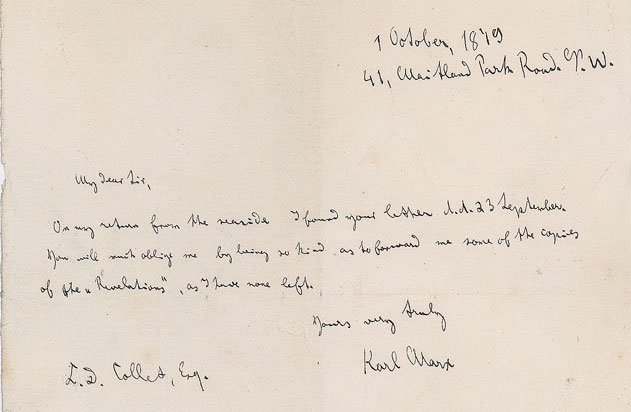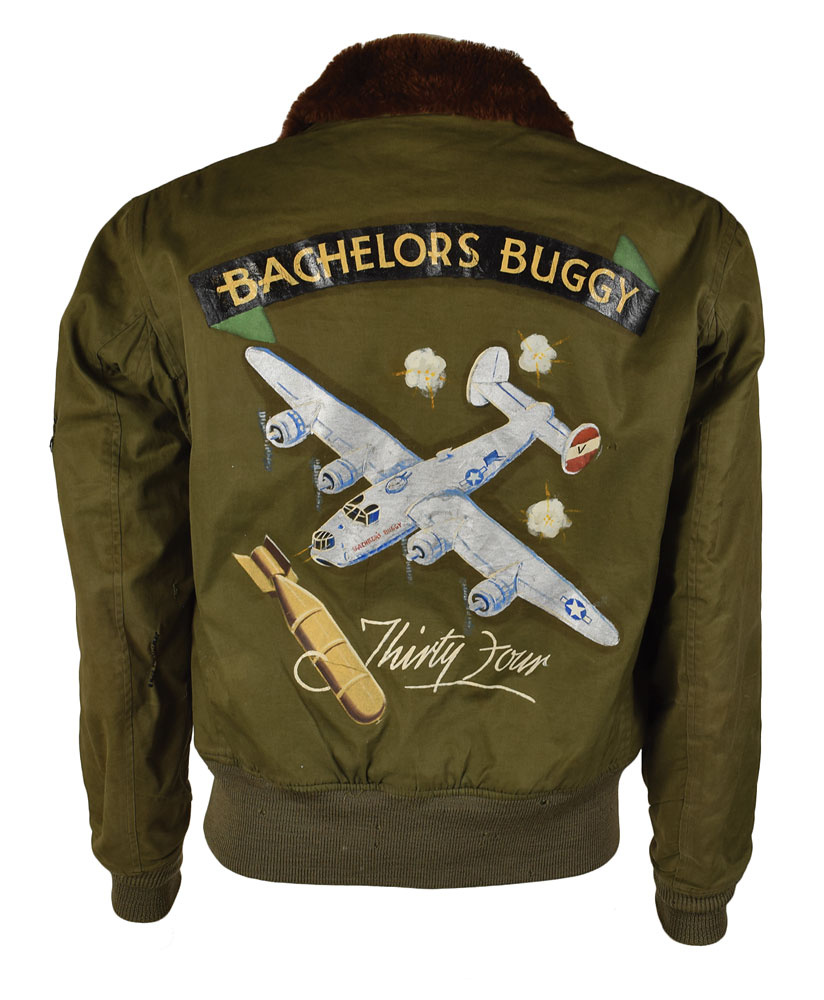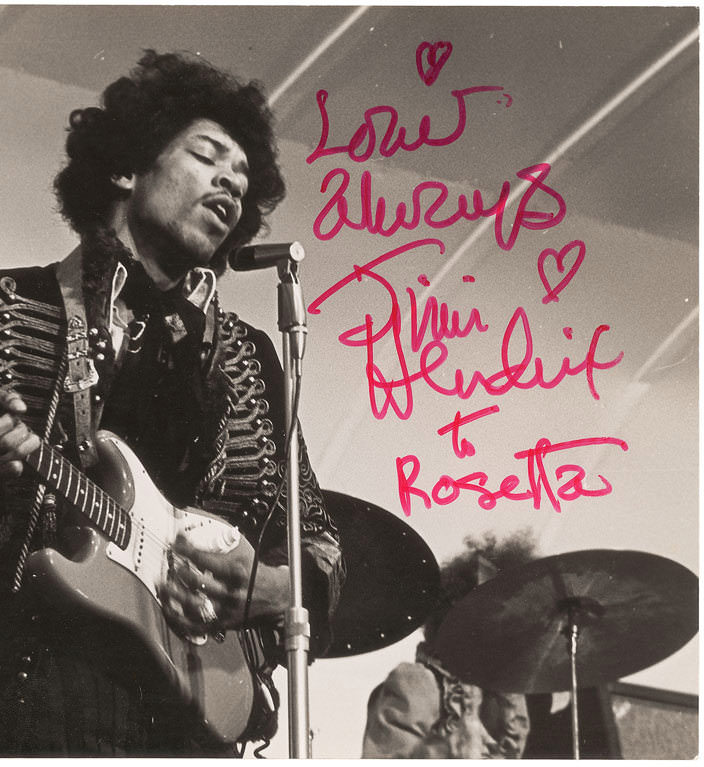[vc_row][vc_column][vc_column_text]
The collector’s collector
[/vc_column_text][/vc_column][/vc_row][vc_row][vc_column width=”2/3″][vc_single_image image=”9620″ img_size=”full” add_caption=”yes” alignment=”center”][/vc_column][vc_column width=”1/3″][vc_column_text]John Brennan didn’t start out with the intention of amassing thousands of autographs. It just sort of happened—one band, one concert, one rock n roll icon at a time, over the past 40 years.
Brennan, 53, grew up in Shelton, Connecticut and bought his first album in 1975: KISS “Alive!”. That began a lifelong obsession with rock music. At age 11, he “dragged his parents” to see the concert film “The Song Remains the Same,” starting his “straight-up obsession with Led Zeppelin.”[/vc_column_text][/vc_column][/vc_row][vc_row][vc_column][vc_empty_space][/vc_column][/vc_row][vc_row][vc_column width=”2/3″][vc_column_text]Soon the young teen was sleeping outdoors to snag concert tickets, meeting new people, and getting into all the heavy hitters of rock: Peter Frampton, Ted Nugent, the Scorpions, Black Sabbath, Rolling Stones, AC/DC, Aerosmith, Van Halen.
But ironically, it was an alt-pop band that would send Brennan in the direction his life would head for four decades. Brennan’s first autograph was obtained basically due to its ease: the B-52s were staying at a hotel across from the performance venue in 1979.
His interest in autographs growing, Brennan began trading with other enthusiasts. This was not without its downside. “One of the reasons I decided to go into first-person collecting was because when I was trading autographs with other people, I realized they were not always genuine.” Brennan knew if he wanted to be sure, he had to get the autographs himself. John’s passion demanded authenticity. RR appreciates this passion and as such, each item in the Brennan Auction is dual pre-certified by both REAL Authentication Ltd. and Beckett Authentication Services.[/vc_column_text][/vc_column][vc_column width=”1/3″][vc_single_image image=”9629″ img_size=”full” add_caption=”yes”][/vc_column][/vc_row][vc_row][vc_column][vc_column_text]
A lifetime collection begins
[/vc_column_text][/vc_column][/vc_row][vc_row][vc_column width=”1/4″][vc_column_text]From 1979 on, John began collecting autographs from every concert, waiting at stage doors, tour buses and hotels. By 1984, “it was daily life” for him, usually driving the 75 miles from his hometown to New York City, meeting every music superstar you could imagine. “I always had a target,” he said, carrying his backpack of pens and items waiting for autographs. Brennan’s time in the Big Apple had him rubbing elbows with the most enviable celebrity roster; the names that will stand the test of time.
He soon became known as “the Dude” – a nickname given to him by other people in the hobby at the record stores he would frequent in the Village; or “Captain Sneaks” – given to him by his fellow collectors. [/vc_column_text][/vc_column][vc_column width=”3/4″][vc_single_image image=”9630″ img_size=”full” add_caption=”yes” alignment=”center”][vc_single_image image=”9631″ img_size=”full” add_caption=”yes” alignment=”center”][/vc_column][/vc_row][vc_row][vc_column][vc_column_text]“If you met someone and didn’t let the autograph community know, you were a ‘sneak.’ But that’s how you had to do it. It’s so different today. If social media had been around then, the last thing I’d ever do was post a pic of Kurt [Cobain] while he was still in town. Now celebrities and collectors are all posting where they are.”
Brennan would travel across the US – and the globe – countless times, following the Beatles and the Stones, Van Halen, Guns N’ Roses and Nirvana, collecting photographs, autographs and a truly astonishing lifetime of memories. From a small town in Connecticut, to New York City, Los Angeles and Seattle; London, Paris, Germany, Holland and Canada; John Brennan has been there, experienced that.
Now he’s ready to share these amazing experiences with you.[/vc_column_text][/vc_column][/vc_row][vc_row][vc_column][vc_column_text]
The John Brennan Collection
[/vc_column_text][/vc_column][/vc_row][vc_row][vc_column][vc_column_text]For our incredible inaugural John Brennan Auction, RR worked closely with this lifelong rock n roll autograph collector to present you with an exceptional hand-selected sampling representing a fraction of those amassed over his four decades of following the greatest names in music across the country.
“I wanted to share some of the stuff I’ve gotten over the years with other collectors and fans that I know will really appreciate them,” Brennan said. “I’ve always been a collector first and foremost. I love music, that’s why I chased these things.”
From his early days of autograph collecting in New York City, where he met the elites of music, like the Rolling Stones, Madonna and more, to his later years in Los Angeles and Seattle, following the tours of Van Halen, Guns N’ Roses and Nirvana, John Brennan became known by these guitar greats and welcomed into their inner sanctums.
We’re pleased to present our collectors with these items—signed photographs, albums, posters and guitars–that chronicle nearly half a century of musical legends.[/vc_column_text][/vc_column][/vc_row][vc_row][vc_column][vc_single_image image=”9636″ img_size=”full” add_caption=”yes”][/vc_column][/vc_row][vc_row][vc_column][vc_column_text]
Auction highlights
[/vc_column_text][/vc_column][/vc_row][vc_row][vc_column][vc_column_text]An incredible collection of band-signed guitars, featuring:
- Strat signed by legends Clapton, Beck, King, Guy and Diddley (shown above)
- Rare Yardbirds signed Fender Squier Strat
- Remarkable cherry-red Rolling Stones guitar, signed by six band members
[/vc_column_text][/vc_column][/vc_row][vc_row][vc_column width=”1/2″][vc_single_image image=”9637″ img_size=”full” add_caption=”yes”][/vc_column][vc_column width=”1/2″][vc_single_image image=”9638″ img_size=”full” add_caption=”yes”][/vc_column][/vc_row][vc_row][vc_column width=”1/2″][vc_column_text]Autographed photographs personally collected by John Brennan, including:
- Incredibly rare 14×11 Nirvana signed photograph
- Grateful Dead publicity photo, signed by all six band members (at right)
[/vc_column_text][/vc_column][vc_column width=”1/2″][vc_single_image image=”9635″ img_size=”full” add_caption=”yes”][/vc_column][/vc_row][vc_row][vc_column][vc_column_text]Vast array of signed albums, featuring:
- Impeccable Dylan-signed “Freewheelin’” album
- Iconic “Abbey Road” album, signed by Paul, George and Ringo
[/vc_column_text][/vc_column][/vc_row][vc_row][vc_column width=”1/2″][vc_single_image image=”9633″ img_size=”full” add_caption=”yes”][/vc_column][vc_column width=”1/2″][vc_single_image image=”9634″ img_size=”full” add_caption=”yes”][/vc_column][/vc_row][vc_row][vc_column][vc_column_text]
Following this inaugural specialty auction, selections from the John Brennan Collection will be offered each month beginning in June 2018.
[/vc_column_text][/vc_column][/vc_row]

